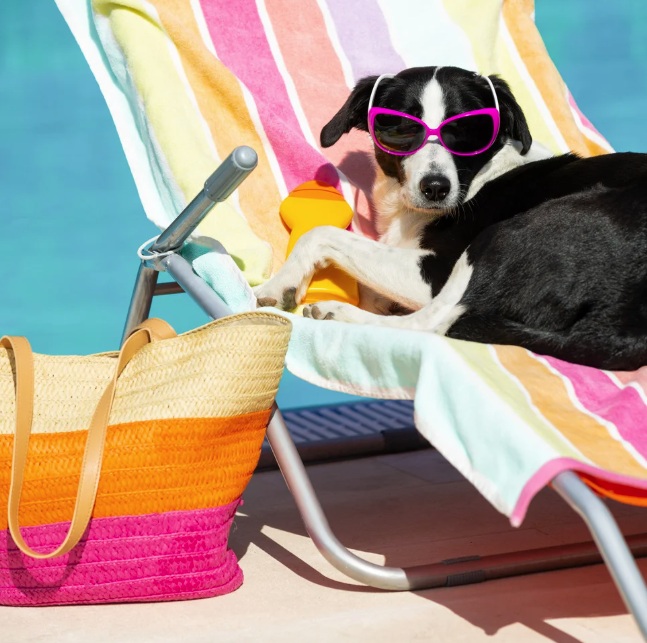Safe Fun in the Sun: Understanding UV Index and Skin Cancer Risk

Summer is the perfect season for beach days, barbecues, and outdoor adventures. But while soaking up the sun can feel great, it also comes with hidden risks — especially when it comes to skin health. One of the most important (and often overlooked) tools for protecting yourself is understanding the UV Index. This simple number can help you enjoy the outdoors safely while reducing your risk of skin cancer.
☀️ What Is the UV Index?
The UV Index (UVI) is a scale that measures the strength of ultraviolet(UV) radiation from the sun at a specific place and time. Developed by the World Health Organization and national weather agencies, it ranges from 0 to 11+:
- 0–2: Low risk
- 3–5: Moderate risk
- 6–7: High risk
- 8–10: Very high risk
- 11+: Extreme risk
A higher UV Index means your skin can burn more quickly, and repeated exposure over time increases your risk of skin damage, premature ageing, and skin cancer.
🧴 Why UV Radiation Matters
UV radiation is invisible but powerful. It comes in two main forms:
- UVA rays: Penetrate deeply into the skin and contribute to aging and long-term damage.
- UVB rays: Responsible for sunburns and a major contributor to skin cancer.
Both types of rays damage DNA in skin cells, and over time, this damage can lead to mutations and the development of cancerous cells.
🔬 Skin Cancer Risk: Know the Facts
Skin cancer is the most common cancer worldwide, with melanoma being the deadliest form. While anyone can develop skin cancer, some are at higher risk:
- Fair or light skin tones
- History of frequent sunburns
- Family history of skin cancer
- Use of tanning beds
- Outdoor jobs or hobbies with frequent sun exposure
But here’s the good news: skin cancer is one of the most preventable cancers—and understanding the UV Index is a key part of prevention.
📱 When Is the UVIndex Highest?
- Time of day: UV radiation peaks between 10 a.m. and 4 p.m.
- Time of year: Summer months mean stronger sun, especially closer to the equator.
- Altitude: UV exposure increases at higher elevations.
- Weather: Even on cloudy days, up to 80% of UV rays can still reach your skin.
You can check the UV Index using most weather apps, or by visiting reliable websites like the EPA’s UV Index Forecast.
✅ How to Protect Yourself by UV Index Level
UV Index
Risk
Recommended Protection
0–2
Low
Minimal protection needed; sunglasses if outdoors.
3–5
Moderate
Use SPF 30+, wear a hat and sunglasses.
6–7
High
Stay in shade midday; reapply sunscreen often.
8–10
Very High
Limit time outdoors; cover up and protect skin.
11+
Extreme
Avoid direct sun; wear long sleeves, hat, and SPF 50+
🌿 Sun SafetyHabits That Stick
Practicing daily sun protection can help you reduce your skin cancer risk significantly. Here's how:
- Use sunscreen daily (SPF 30 or higher, broad-spectrum).
- Reapply every 2 hours or after swimming/sweating.
- Wear protective clothing, including wide-brim hats an childhood UV-blocking sunglasses.
- Seek shade, especially during peak UV hours.
- Avoid tanning beds entirely.
Bonus tip: Teach children early. Building sun-safe habits helps prevent cumulative damage that often leads to skin cancer later in life.
🧠 Final Thoughts
The sun is a wonderful part of summer—but it must be respected. Bylearning how to read the UV Index and taking simple precautions, you can protect your skin while still enjoying all your favorite warm-weather activities.
So before heading out, check the UV Index, grab your sunscreen, and make sun safety part of your summer routine. Your skin will thank you for years to come.
